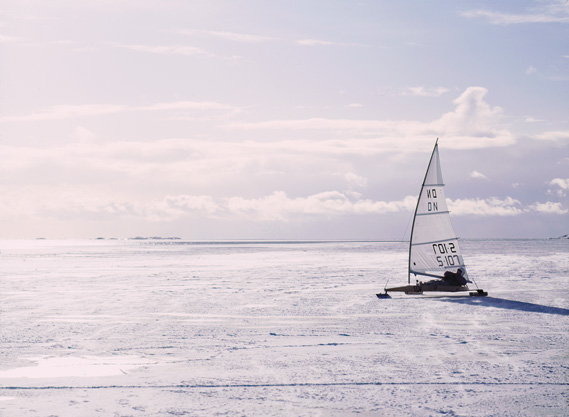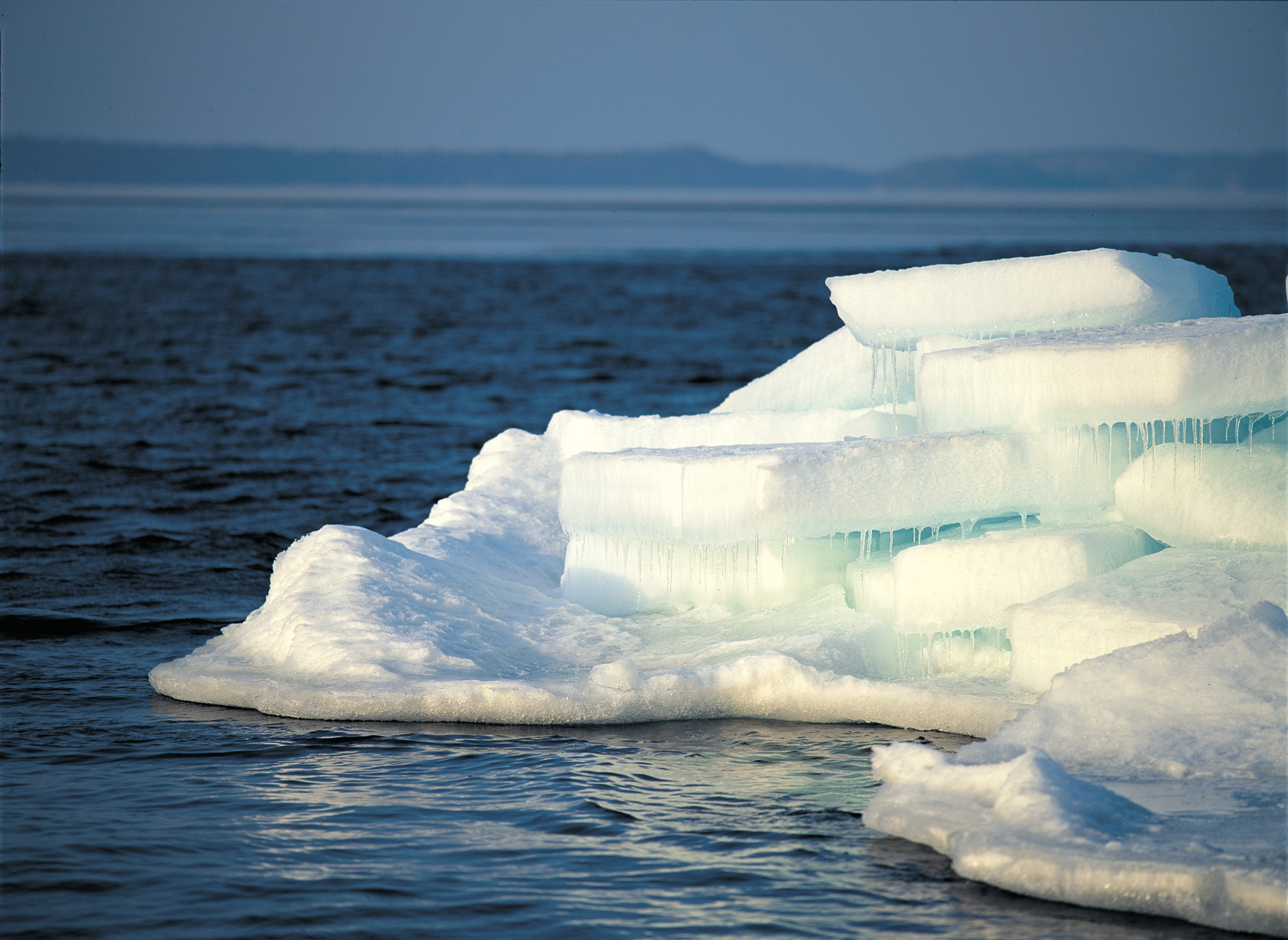Swedish Christmas trivia
..for the inquiring mind. In Sweden, Christmas is by law a time of civil peace
-
 Swedes are an outdoors people. Winter time is no exception: Fishing expedition in Stockholm's outer archipelago. Photography: Sören Colbing.
Swedes are an outdoors people. Winter time is no exception: Fishing expedition in Stockholm's outer archipelago. Photography: Sören Colbing. -
-
Hyacinths are popular plants for Christmas. Around 12 million hyacinths are bought in Sweden during the Christmas season.
-
 Distance skaters have a heyday on the many lakes surrounding Stockholm while the more adventurous go ice sailing. Photography: Sören Colbing.
Distance skaters have a heyday on the many lakes surrounding Stockholm while the more adventurous go ice sailing. Photography: Sören Colbing. -
-
Put the pepper in pepparkakor (ginger snaps). In the old days the richer you were, the more pepper you put into your ginger snaps, or pepparkakor, since pepper was an expensive spice. The pepparkaka is an old tradition with origins in Caesar’s Rome. In Scandinavia during the Middle Ages, the pepparkakor were thought to have medicinal properties.
-
 Photography: Sören Colbing.
Photography: Sören Colbing. -
Scandinavians have graced their windows with adventsstjärnor (advent stars) since the1930’s.
-
Gløgg or glögg or glögi (mulled wine) became a Scandinavian Christmas tradition about 100 years ago, although spiced, alcoholic beverages were popular already since the Middle Ages. In Denmark gløgg is served with æbleskiver (Danish cakes similar in texture to American pancakes) and in Sweden with lussekatter (saffron buns).
-
The Julbock (Christmas goat) harkens back to the old Norse God, Thor, who would ride in a wagon drawn by goats. It’s one of the oldest Scandinavian Christmas symbols.
-
The Christmas tree arrived in Scandinavia from Germany during the mid 1700’s. The first trees were hung from the ceiling as most houses had too little space to otherwise display them, and one wanted to protect the tree with all its decorations.
-
The Advent Wreath came to Denmark via Germany and became known when florists began selling them during the German occupation in 1939-1940. It was part of a “light-custom” that was embraced by many Danes during the blackout.
-
Many Swedish households have one or more electric candlesticks in their windows. Just like the menorah, these candlesticks have seven branches. Oskar Andersson in Sweden made the first electric candlestick in 1934. You will also see electrically lit stars of paper, wood, straw or perforated metal hanging in the windows. Introduced from Germany around 1910, these adventsstjärnor are typical during the Advent celebrations.
-
For over 500 years, Finns, Swedes, and Norwegians have been consuming lutfisk or lutefisk, an air-dried whitefish soaked in lye. Legend has it that the Brits tried to poison the Vikings by giving them fish steeped in lye – the Vikings, however, not only tolerated the lye fish, they fell in love with the dish so much that they brought it home, and have been enjoying it ever since.
-
Advent candlesticks (often decorated) became popular in the 1920’s when they were first sold in stores. A candlestick has four candles which mark the four Sundays of Advent. A new candle is lit each Sunday before Christmas.
-
For the past ten years, the Norwegian Government has given a 30-foot tall Christmas tree as a special gift to the people of Washington, D.C. It stands at Union Station.
-
In Finland the sauna has a special place in the Christmas tradition. Many years ago, peasant families would start heating their saunas two days before Christmas so that everybody could bathe before the sun set on Christmas Eve, because once the darkness set in, the sauna would be used by invisible folks. This Joulu Sauna is still an important tradition in Finland.
-
An old tradition prevails in Finland and Sweden that the twelve days of Christmas are declared by law to be time of civil peace.
-
In Sweden a third of the annual turnover of toys takes place during the Christmas shopping.
-
Advent calendars have been a main Christmas staple for Scandinavian children since World War II. These 3-dimensional calendars have twenty-four windows, one of which is opened every day from December 1 to December 24. The tradition is originally German.
-
Rhyming is another popular Christmas activity from the old days. There are the julklappsrim, short little doggerels for the Christmas gifts, and also grötrim: Nobody was allowed to dive into their bowls of porridge unless they had first improvised a short verse in honor of either the porridge or someone at the table.
-
Julkärve, a Christmas sheaf, is a Swedish tradition of saving the finest sheaf of grain for the birds at Christmas time. The sheaf is tied to trees or high poles.
-
Merry Christmas
Gladelig Jul (Danish)
Hyvää Joulua (Finnish)
Gledelig Jól (Icelandic)
God Jul (Norwegian)
God Jul (Swedish) -
Santa Claus
Julemanden (Danish)
Joulupukki (Finnish)
Jólasveinn (Icelandic)
Julenissen (Norwegian)
Jultomten (Swedish) -
-
-
